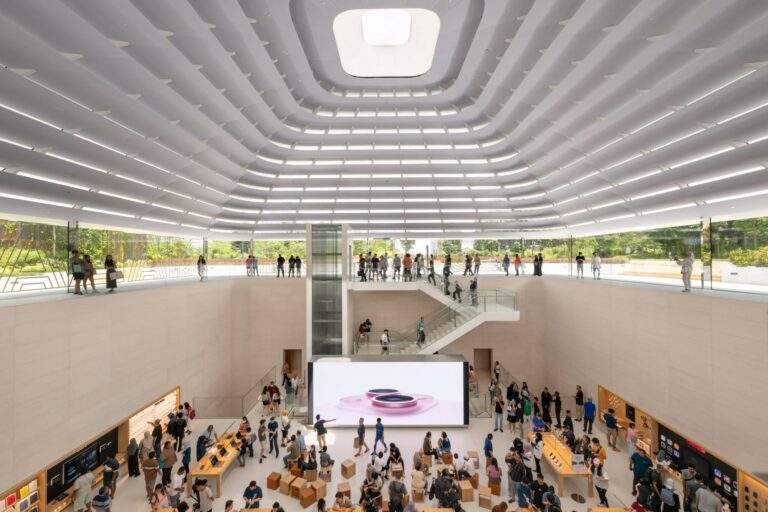The Intersection of Modern Architecture and Music


[row]
[col span__sm=”12″]
[/col]
[/row]



[row]
[col span__sm=”12″]
[/col]
[/row]
Welcome to ArchUp, the leading bilingual platform for trusted architectural content.
I write under the editorial identity of Ibrahim Fawakherji, a name that encapsulates the vision and expertise guiding this platform, backed by architectural experience since 2006.
My focus is on curating analytical and research-based updates that empower professionals in architecture and design.
As part of my commitment to public design literacy, I actively share trusted insights and contributions. For more information about my professional presence and contributions:
View my profile on Google

How Next-Gen Tools Are Liberating Architects from Outdated WorkflowsThe AEC sector stands at a pivotal moment. As digital solutions and AI redefine industries, architectural design remains shackled to tools conceived before smartphones existed AutoCAD (1982), ArchiCAD (1987), Revit (1997), Rhino…

How Does Collaboration Between Different Industries Manifest in Tactical Knife Design?When knife-making experts come together with a company specializing in military optics equipment with over thirty years of experience, the result is a product that combines high precision and durability….

The Kokage-gumo Pavilion, a temporary architectural intervention by Junya Ishigami + Associates, redefined the historic garden of the 1927 Mankichi Yamaguchi Residence in Tokyo. Designed as a seasonal sunshade for the summer of 2021, this structure seamlessly blended into its…

Manu Baño, an acclaimed designer, fashioned OBJ-03 out of a single sheet of weathered steel, a lamp composed of “the fewest possible elements”. The simple, sleek lamp design of OBJ-03 is determined by an oxidized metal sheet that was crafted…

Foster + Partners, a UK-based architecture firm, designed Apple The Exchange TRX, the company’s first retail location in Kuala Lumpur. It features an unusual subterranean layout topped by a striking dome. This new store acts as a transitional area between…
![Ismail Seleit at [AEC] Event: How AI is Redefining Architecture?](https://archup.net/wp-content/uploads/2025/08/التعب-الدقيق-الهروب-من-عقم-الكمال-الرقمي-في-التصميم.jpg)
Inaugural Edition in Paris – November 17, 2025 | 100% Free for AEC ProfessionalsIsmail Seleit, a leading expert in architectural innovation, will be a keynote speaker at the groundbreaking [AEC] tech event, designed to empower professionals with future-ready tools. As…